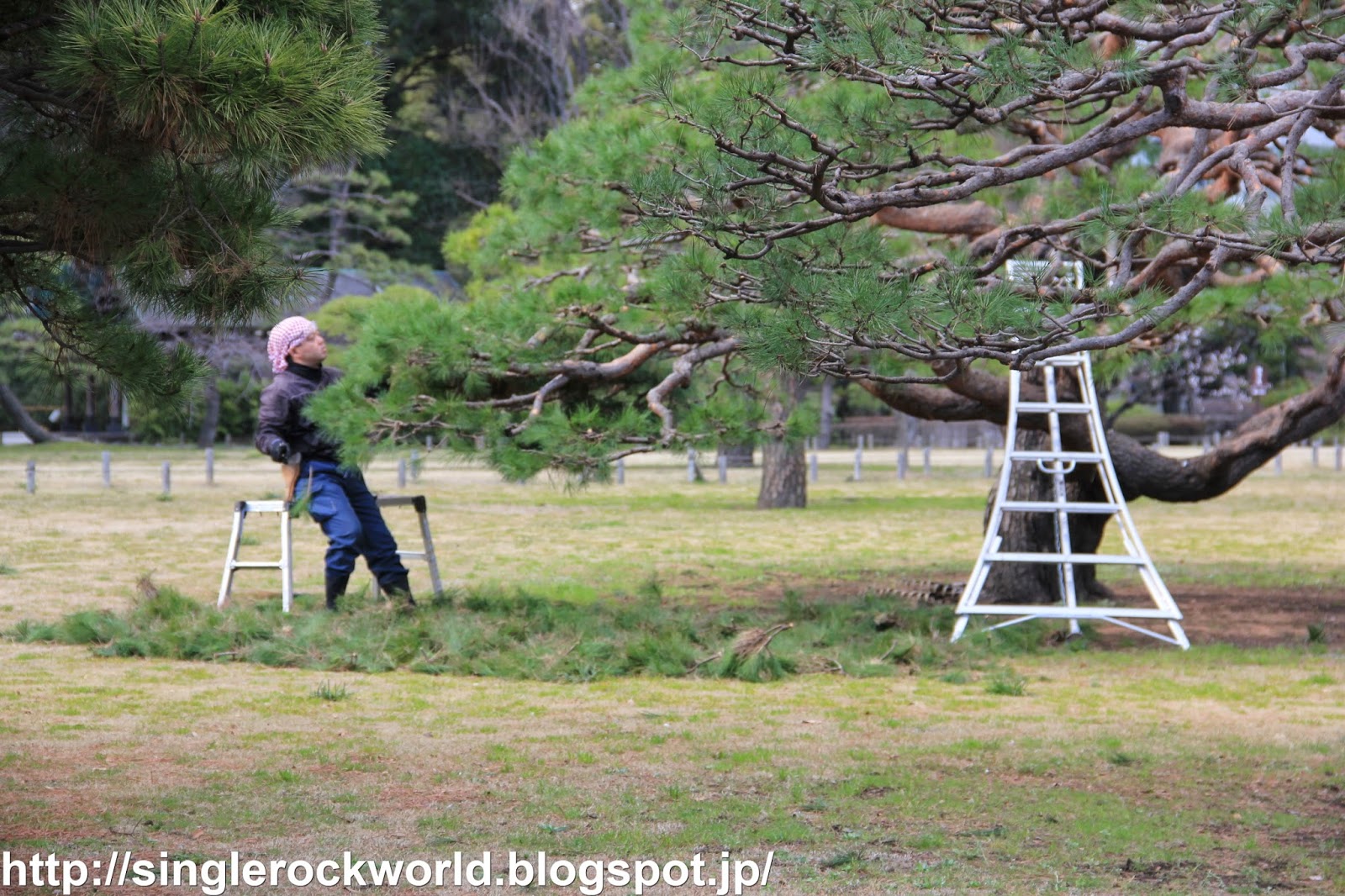Many times, I cannot understand how some people would risk tanning themselves till they look like a walking meat jerky. As for me, I can't wait to run/walk as fast as I could into a building or walk illegally on the opposite side of the road just because it has some shelter. I will even try desperately to hide my big body in the shadow of a slim traffic pole.
In the recent years, my body is giving me more reasons to protect myself from the sun - I developed a heat-induced migraine whenever I am exposed in the sun for more than 15mins. Yes, it only takes 15mins and I will be having the worst time of my life. Additionally, I have a family with a history of skin cancer. Because of that, nowadays, I dress 'appropriately' (read: ridiculously) whenever I need to go out in the sun.
So, how I dress in summer? First, slathering generously on sunscreen. After that, put on a long sleeve top. And then, a long pants. Make sure that no skin gets too much exposure to the dangerous rays! Then, put on my wide-brimmed hat. So wide that my vision is slightly blocked away. Completed the look with a big, dark sunglasses (in addition to my heat-induced migraine, the strong sunlight also hurts my eyes, sigh... I am a health-mess). The end result is I think I looked more ridiculous than MJ in disguise. So, after putting on my summer 'armour', I am happy to go out as usual.
So, how I dress in summer? First, slathering generously on sunscreen. After that, put on a long sleeve top. And then, a long pants. Make sure that no skin gets too much exposure to the dangerous rays! Then, put on my wide-brimmed hat. So wide that my vision is slightly blocked away. Completed the look with a big, dark sunglasses (in addition to my heat-induced migraine, the strong sunlight also hurts my eyes, sigh... I am a health-mess). The end result is I think I looked more ridiculous than MJ in disguise. So, after putting on my summer 'armour', I am happy to go out as usual.
So, again, summer is not my favourite season and I usually escape the heat in a park. Today, my escape is again my familiar park, the Showa Kinen Koen. Since the summer heat is still hanging on tight to this already oppressive climate, this is the perfect place to escape for me with plenty of shade and occasionally, a nice breeze to cool off.
The not-keen-on-summer-heat me, took my well-used backpack, stuffed it with some snacks - a store-bought onigiri, CC lemon drink and a cup of ice and off I go. I didn't have to go far into the park for some cool shade as I found some crepe myrtle trees. They are shady and the flowers are beautiful.
I think it could be a strange place to sit down as a couple of onlookers looked at me with quizzing eyes. I hope they are looking at my strange dress-up and not because I broke a park rule by dumping my huge ass under the unusually quiet spot. But, I choose to ignore them and just relax on the soft green grass, plug in my earphones, choose my Latino playlist and lay down, staring on the beautiful blooms. I never felt so at peace for a long time. No more work demands. No more deadlines. Just me, my music and crepe myrtle.
I think it could be a strange place to sit down as a couple of onlookers looked at me with quizzing eyes. I hope they are looking at my strange dress-up and not because I broke a park rule by dumping my huge ass under the unusually quiet spot. But, I choose to ignore them and just relax on the soft green grass, plug in my earphones, choose my Latino playlist and lay down, staring on the beautiful blooms. I never felt so at peace for a long time. No more work demands. No more deadlines. Just me, my music and crepe myrtle.
 |
| Under these trees, I rest |
 |
| Resting under the crepe myrtle is an amazing way to relax |
 |
| One beautiful lonely tree |
The crepe myrtle can be seen from mid-Aug and they usually last for one month. I grew to love these flowers after seeing them on my trip to Kamakura last summer. Although the Showa Kinen Koen doesn't advertise their presence, but you can easily find them on the lawn after the gingko lane. They are located in front the big fountain.
 |
| This is front view of me |
You can find the direction for the Showa Kinen Koen in my previous posts on their seasonal flowers such as the tulips in spring, sunflowers in summer and autumn leaves and cosmos in autumn.
Have a great summer and I hope you found your beautiful resting spot in Tokyo too!































